When I first started stitching, I always heard “chain stitch” and “lock stitch” tossed around. Especially when diving into both hand embroidery and sewing machine basics.
At first, they sounded kind of similar… but wow, they’re actually quite different. Here is how,
Chain Vs Lock
Chain stitch forms a flexible, looped seam ideal for stretch fabrics, while lock stitch creates a tight, durable seam perfect for strength and precision.
I’ll walk you through the chain stitch and lock stitch difference and when you might want to use each one.
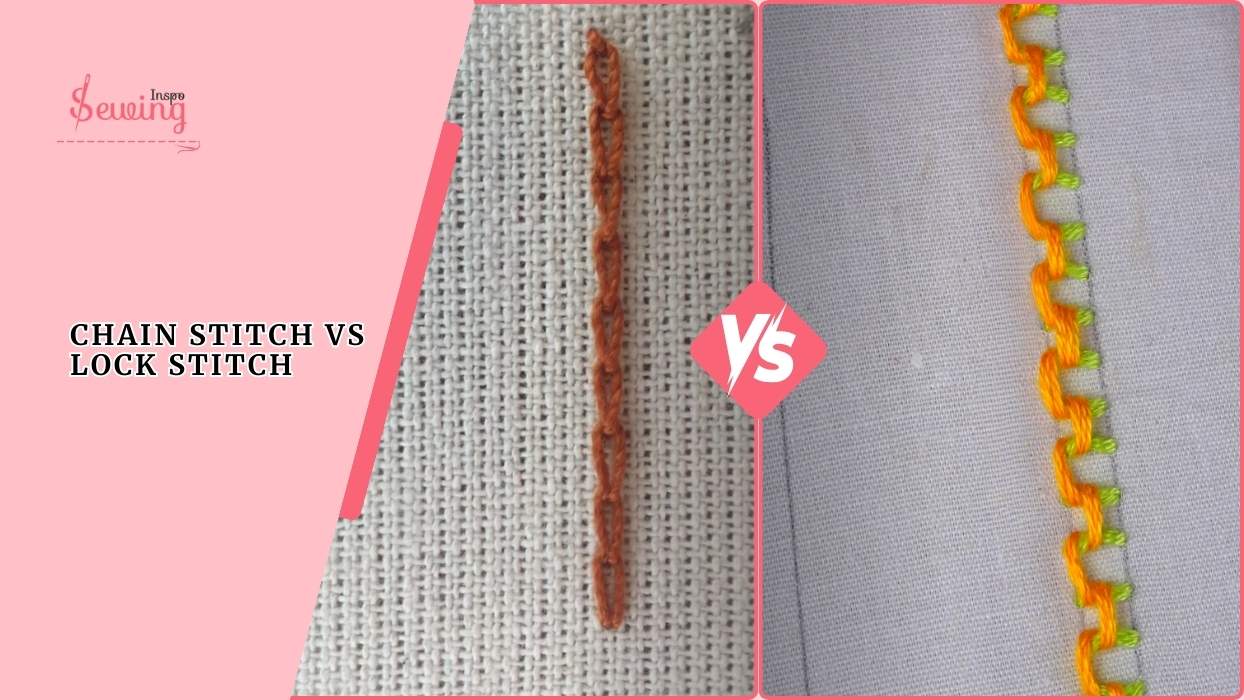
Table of Contents
What Is The Difference Between A Lock Stitch And A Chain Stitch?
Yes, both are stitches, but newbies always get confused between them. That’s why I point out their differences in detail.
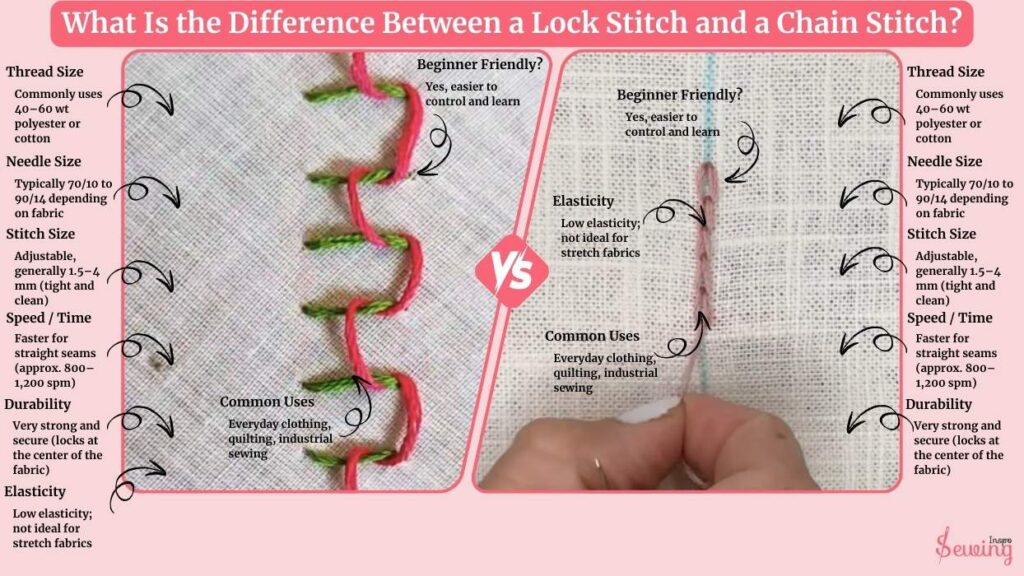
| Area | Lock Stitch | Chain Stitch |
| Thread Size | Commonly uses 40–60 wt polyester or cotton | Uses 20–40 wt (slightly thicker for decorative look, for example, detached chainstitch) |
| Needle Size | Typically 70/10 to 90/14 depending on fabric | Usually 8-9 size needle, larger eye for thicker thread |
| Stitch Size | Adjustable, generally 1.5–4 mm (tight and clean) | Typically 3–5 mm, looser and more flexible |
| Speed / Time | Faster for straight seams (approx. 800–1,200 spm) | Slightly slower (approx. 600–1,000 spm due to complexity) |
| Durability | Very strong and secure (locks at the center of the fabric) | Less secure, can unravel if not locked at the end |
| Elasticity | Low elasticity; not ideal for stretch fabrics | High elasticity; perfect for stretch or decorative fabrics |
| Beginner Friendly | Yes, easier to control and learn | Moderate; loop control requires more practice |
| Common Uses | Everyday clothing, quilting, industrial sewing. That’s why it’s among the types of joining stitches. | Decorative stitching, embroidery, knitwear, denim seams |
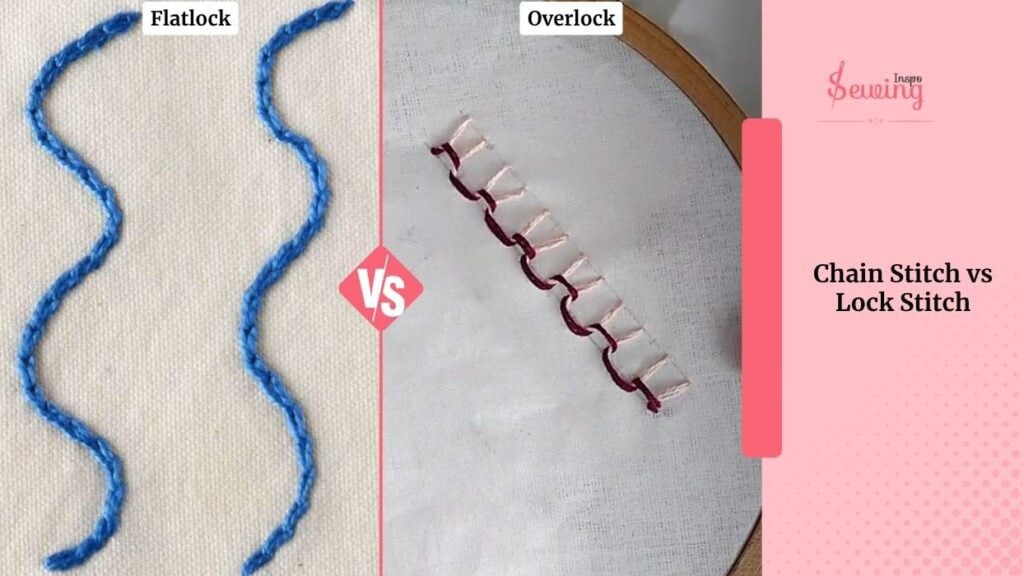
Chain Stitch Vs Lock Stitch Pros N Cons
I’ve used both chainstitch and lock stitch on different projects, and each has its own vibe. Chain stitch feels more decorative and fun. This beautiful, loopy look is perfect for embroidery or when I want to add a little flair. I love how easy it is to pull out if I mess up (which happens more often than I’d like).
But honestly,

Chain stitch is not the strongest, and it uses a lot of thread.
On the other hand,
Lock stitch stands for strong, clean seams. It’s what most sewing machines use, and for good reason. It holds everything in place and looks neat on both sides. It’s not as flexible as a chain stitch, and unpicking it can be a pain. But when I want something to last, this is the stitch I trust.
So yeah, I switch between them depending on the project.
Is Chain Stitch Better?
Yes chain stitch is better. I’ve tried both chain stitch and lock stitch, and I keep returning to chain stitch—especially when I’m doing anything creative.
There’s just something special about the texture it gives.

What I love most about this? Well,
It looks rich, loops beautifully, and adds character to simple designs. If I make a mistake, I can easily undo it without pulling at the fabric or leaving holes everywhere (unlike lock stitch, which feels glued in place!).

While the lock stitch is stronger and perfect for everyday seams, the chain stitch gives you more freedom. It moves better with the fabric, especially on stretchy or delicate materials.
So yeah—if you’re after durability for jeans, go lock stitch. But for personality, texture, and ease? Chain stitch wins for me every time.
Frequently Asked Questions
Where is each stitch commonly used?
Chain stitches are frequently used in decorative embroidery and in industrial applications where flexibility is essential. Lock stitches are used for almost all general sewing tasks, including garment construction, quilting, and crafting, because they produce a neat, tight finish.
How many threads do they use?
A typical chain stitch uses one thread, although some industrial versions may use two. In contrast, a lock stitch always uses two threads—one from the needle and one from the bobbin—that interlock inside the fabric.
Can I use both on a regular sewing machine?
Most domestic sewing machines are designed for lock stitch and may not support chain stitch unless it’s a speciality or embroidery model. Chain stitch typically requires a serger or an industrial sewing machine made for that purpose.
Sum Up
In the end, both stitches have their strengths. But if you want a stitch that’s decorative, flexible, and easier to adjust, a chain stitch is the clear winner. It adds charm and character that a lock stitch just can’t match.


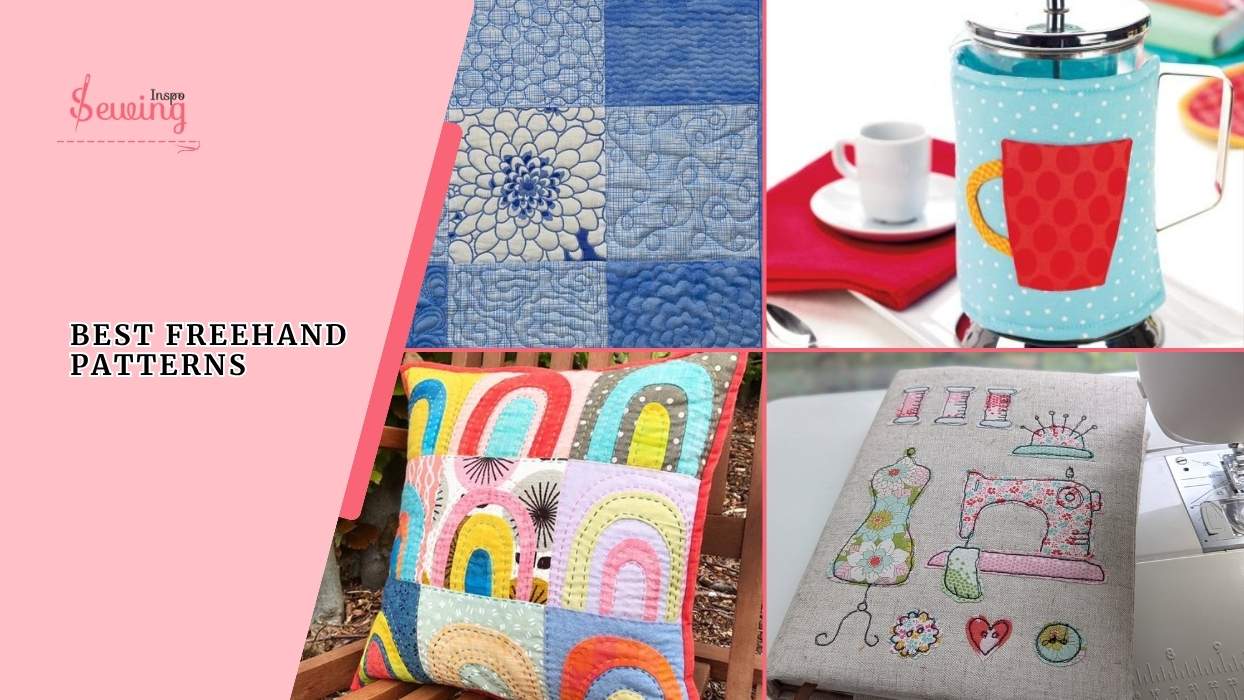
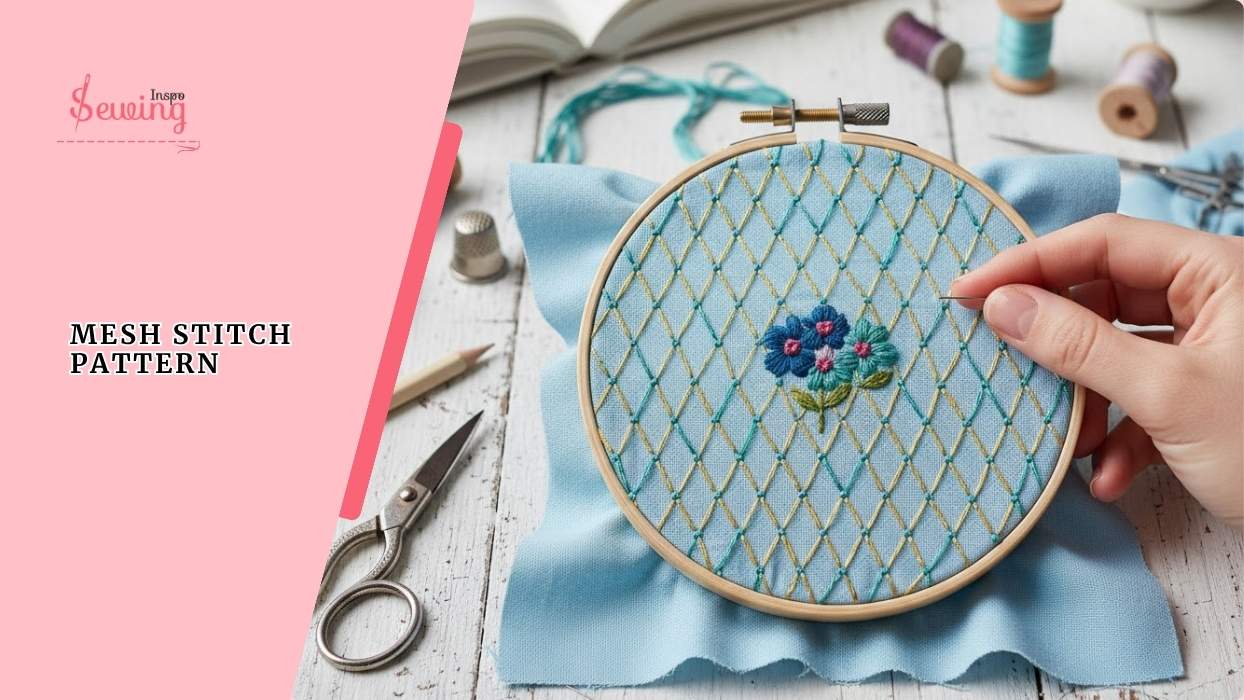
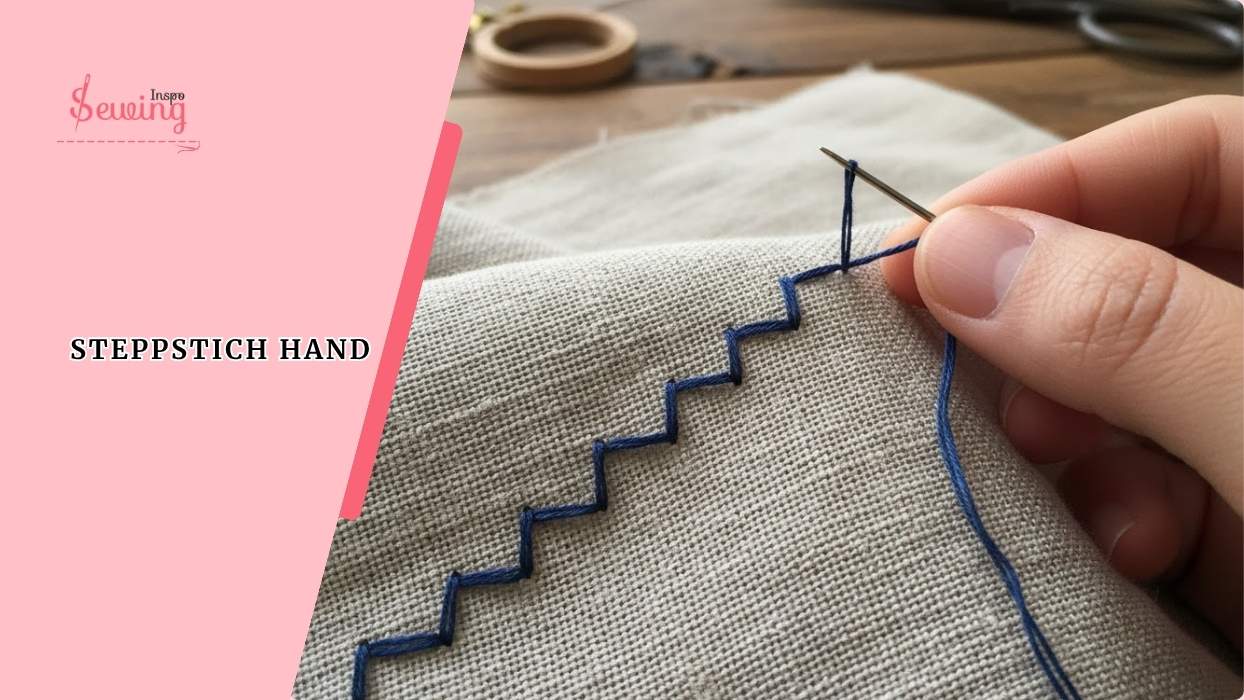
Leave a Reply